In the previous blog It’s all about sleep!, I covered sleep monitoring devices and sleep comfort. It’s all about sleep! Part 2 covers light, sound, temperature, and stress management devices.
Disclaimer – The views expressed in this blog belong solely to the author and do not provide health care advice. Always seek the advice of your physician or other qualified health provider with any questions you may have regarding a medical condition. The author is not affiliated in any way with the companies and devices mentioned in this blog.
- Light
When going to sleep it is helpful to make the room as dark as possible by turning off electronics, using dark curtains or blinds as light stimulates alertness. I have practiced doing this for many years. Did you know that the wavelength of light before sleep and during the day can also significantly affect your sleep?
Blue light wavelengths
Blue light is known to interfere with the circadian rhythm. There are several light products (e.g., Dodow, Philips Sleep and Wake Up, Hatch restore, NASA tech sleep promoting light bulb) on the market that support the circadian rhythms by blocking out blue light at night before bed and simulating sunlight for wake-up. There are also glasses that block the blue light for night or more active glasses that provide light therapy at the ideal time of day to help support the circadian rhythm (e.g., Ayo).
Red and near IR light wavelengths
Although blue wavelengths of light are highly stimulating to photoreceptors, red wavelengths of light are not. Red wavelengths of light can help you relax. Red light therapy at a wavelength of 630 to 670 nm has been used for treating skin issues such as acne and rosacea, to reduce inflammation, and improve blood circulation. Further treatment times show diminishing returns. LED lights are a low cost, effective option. They do not heat the skin and are safe for use. Infrared light refers to photons with a slightly longer wavelength than red, being just outside of the human eyesight perception range. Near infrared treats the skin similar to red light but the longer wavelength allows it to penetrate further into the body so it can reach muscles, bones, organs, and even the brain. There are several products on the market (e.g., joov, and several smaller lower cost lights are also available on Amazon, just select a 660 m and 850nm combination) Red light therapy treatment can be effectively applied in 5 to 15 minutes. When I use my red and near IR light in the evening, I start yawning very quickly, it is very relaxing. The other effect I have noticed is that my breathing index increases after red light therapy when measured by my Vagus watch. How does this work? As light photons are absorbed by the mitochondria (energy centers of cells), energy production in the cells is stimulated. This leads to cells that are healthier and more resilient. The relaxation effect on breathing may also be helpful.
- Sound
Noises such as snoring or cars for example can interfere with getting and staying asleep. There are new earbuds available that use active noise cancellation. Active noise cancellation requires a microphone to sample the background sound and a speaker to cancel the sound. It is really amazing how small the device made by QuietOn is. Several others make passive noising masking earbuds, pink noise is commonly used to mask snoring (e.g., SoundOff, Bose Sleepbud II). There are several speakers on the market that provide white noise and background noise, and some that also help slow brainwaves (e.g., Banala lite). There are also phone apps that provide white noise or background noise for sleeping, although I find these can turn off when you don’t want them to. I prefer the simple background noise of a fan or air cleaner.
Brainwave entrainment through sound (binaural and isochronic tones) can also improve sleep but these wearable devices will be covered in a future blog on meditation. In general as sleep progresses the brain waves become slower. Beta waves are at 12-30 Hz (cycles per minute), alpha waves are at 8-12 Hz, theta waves are at (4-8 Hz) and the delta waves of deep sleep are at (0-4 Hz). Deep sleep is when the body performs the most restoration by producing neurochemicals and hormones which control tissue growth and repair. The body cycles through the sleep cycles several times a night usually around 90 to 110 minutes per cycle.
With fibromyalgia, the alpha-delta sleep disruption is thought to be a contributing factor. It is like being constantly aroused while in deep restorative sleep. Even university age students exhibit muscle pain and fatigue when subjected to a buzzer during delta sleep.
- Temperature
The Sleep Foundation suggests that the best bedroom temperature for sleep is approximately 65 degrees Fahrenheit (18.3 degrees Celsius). This may vary by a few degrees from person to person, but most doctors recommend keeping the thermostat set between 60 to 67 degrees Fahrenheit (15.6 to 19.4 degrees Celsius) for the most comfortable sleep.
Another way to achieve temperature control is through cooling of the bed or pillow as was discussed under the comfort section in part 1 of this sleep blog. I like to keep the room cold and use multiple layers of sheet, blanket, and comforter on the bed to adjust as needed.
Applying a cool headband to the forehead also has the effect of reducing the racing thoughts (beta wave) activity to help induce sleep. (e.g., CoolDrift)
While staying cool during sleep is important, passive body heating before bed has been found in studies to improve the sleep in people with Fibromyalgia. Simply taking a warm bath or drinking a hot cup of herbal tea before bed can help destress from the day and relax the body.
- Stress management
Devices that address stress or calm the autonomic system may be better suited for conditions like fibromyalgia or chronic pain where the nervous system is over-agitated. There is a need to dial down the nervous system during sleep to ensure good quality of sleep and less time getting up due to alpha-delta sleep disturbance or from pain. Devices that specifically treat the vagus nerve should provide the biggest impact. The vagus nerve is the largest autonomic nerve in the body comprising sensory and motor fibers. It interfaces with the parasympathetic control of the heart, lungs, and digestive tract. Vagus nerve stimulation used to be done with electrical stimulation with inserts in the body for treating epilepsy and depression. Preliminary studies indicate that vagus nerve stimulation may be helpful in managing chronic pain, fibromyalgia, and migraines. Wearable devices consist of electrical stimulation through the ear, and through inaudible sound vibration that conducts through the bone. Most of these devices are combined with immersive audio such as relaxation sounds or binaural beats to improve stress reduction. Examples include the Neuvana Xen, and the Sensate Pebble. The Sensate uses a patent-pending “near infrasonic” technology (a combination of vibrations and ultrasonic waves) to stimulate the vagus nerve during the course of the session. Some Youtube product reviews are at the links noted below.
Always start slowly when using these devices to avoid overstimulation. The tendency may be to do more quickly since it is difficult to immediately feel any impact. However, it is similar to physical exercise, overdoing it at the start an exercise program can create more pain and stiffness. Some YouTube product reviews on the pebble and Xen are found at the links below.
Sensate pebble review https://www.youtube.com/watch?v=Ln_uUKGN7-Q
Neuvana Xen review https://www.youtube.com/watch?v=1DknLr0H0JE
Sensate pebble versus Neuvana Xen review https://www.youtube.com/watch?v=d8mHItVAsws
Primarily due to cost differences, I chose to trial the Sensate pebble over the Neuvana Xen. To determine the impact on improvement to the vagus nerve a device to measure the heart rate variability at a minimum is needed. Wearable devices such as those discussed previously in part 1 for capturing sleep data usually also provide heart rate variability data using optical pulse sensors. HRV is the physiological phenomenon of the variation in the time interval between consecutive heartbeats. To keep the body healthy the vagus nerve is optimizing oxygenation by modulating the length between heart beats to synchronize with breathing.
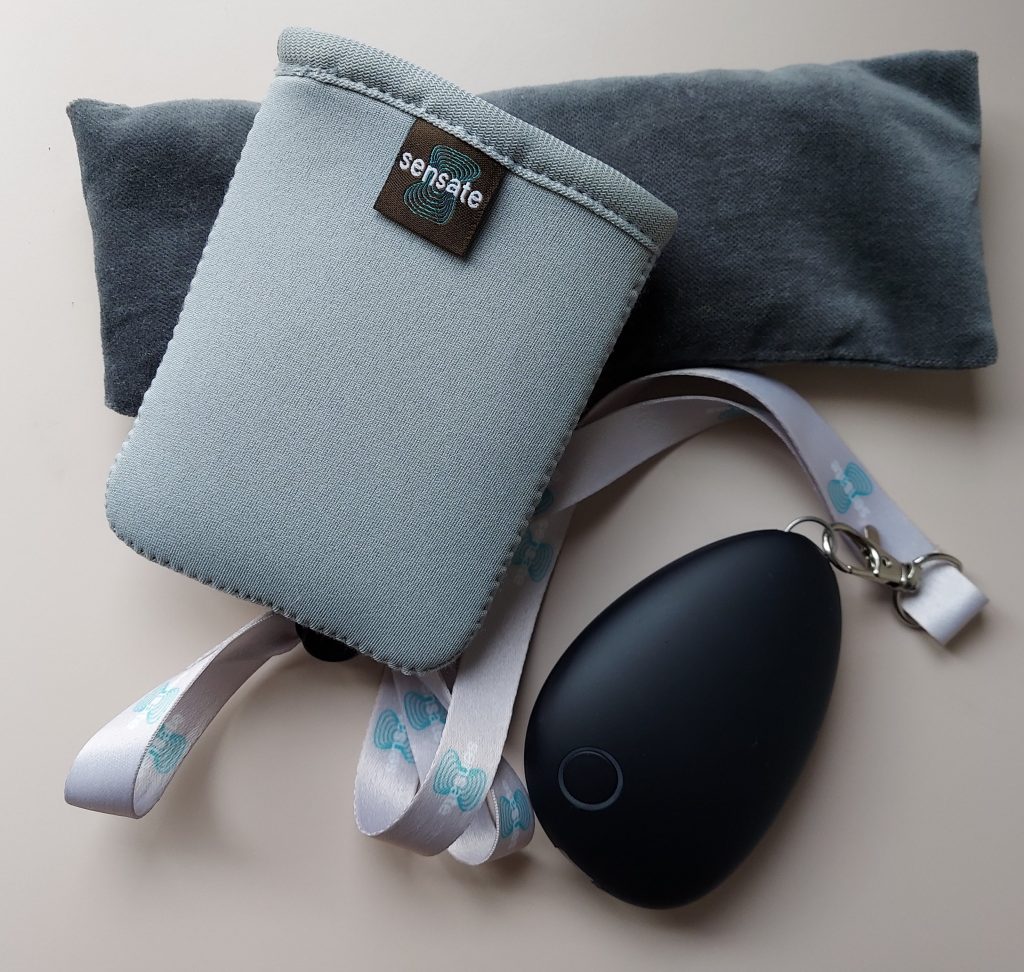
Figure 1. Sensate Pebble
I purchased a vagal health watch which measures several types of vagal tones using both optical pulse and Electrocardiogram (ECG) measurements. An ECG is the recording of the electrical activity of the heart through electrodes. In the Vagus ECG watch the electrodes are under the watch and on the metal surface on the left side of the watch. The vagus health ECG test is conducted while breathing at 6 breaths per minute. A proprietary algorithm is used to analyze the data in determining a Vagal Health Index (VHI).
Figure 2. Vagus Watch
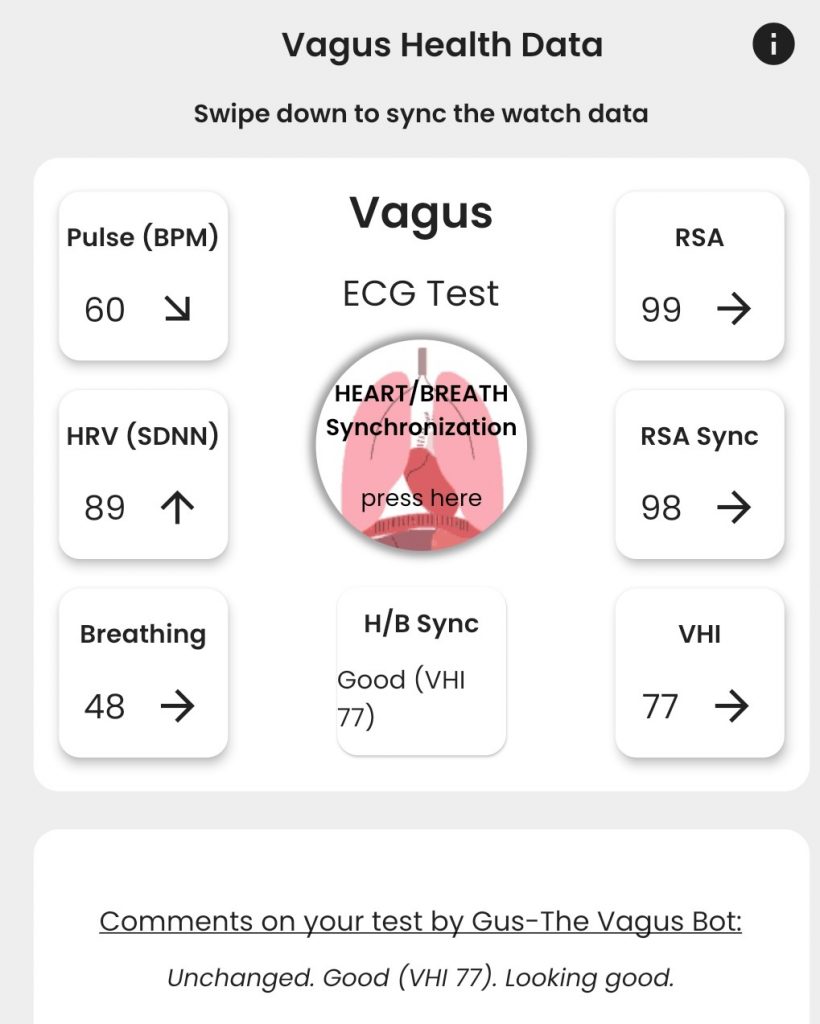
Figure 3. Typical Data from Vagus Watch
I tested the effect of the Sensate pebble before and after use with the Vagus health watch. In trials I noticed some improvement in breathing and/or vagal health index but it was difficult to detect consistent improvement as I haven’t used it for long and the results seen may have been due to variations in watch measurement accuracy and my day to day life stressors. The sensate pebble is very relaxing to use and I typically use the 10 or 20 minute sessions. The effect is similar to a deep meditation and would be very useful for someone that has had no meditation experience achieve a similar effect to someone who has had many years of experience.
Although the Sensate was relaxing and may be effective for vagal health, I did not notice a good correlation to sleep. This may be because too many other variables were not filtered out in my testing such as bedtime, etc. However, for managing stress and treating chronic pain and fibromyalgia this should be an effective tool.
Next month I will focus on exercise and exercise devices. Please bookmark this blog page!
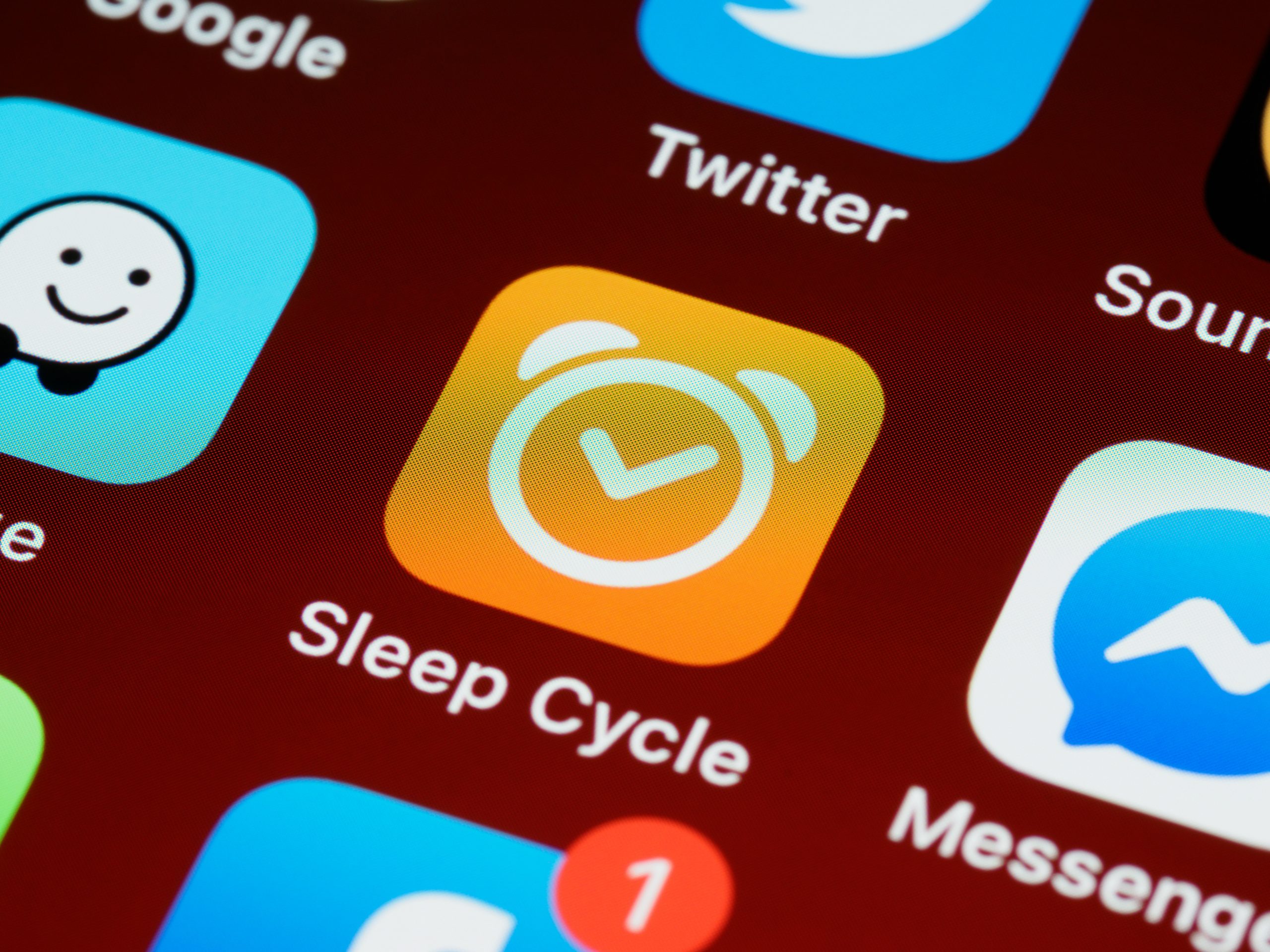
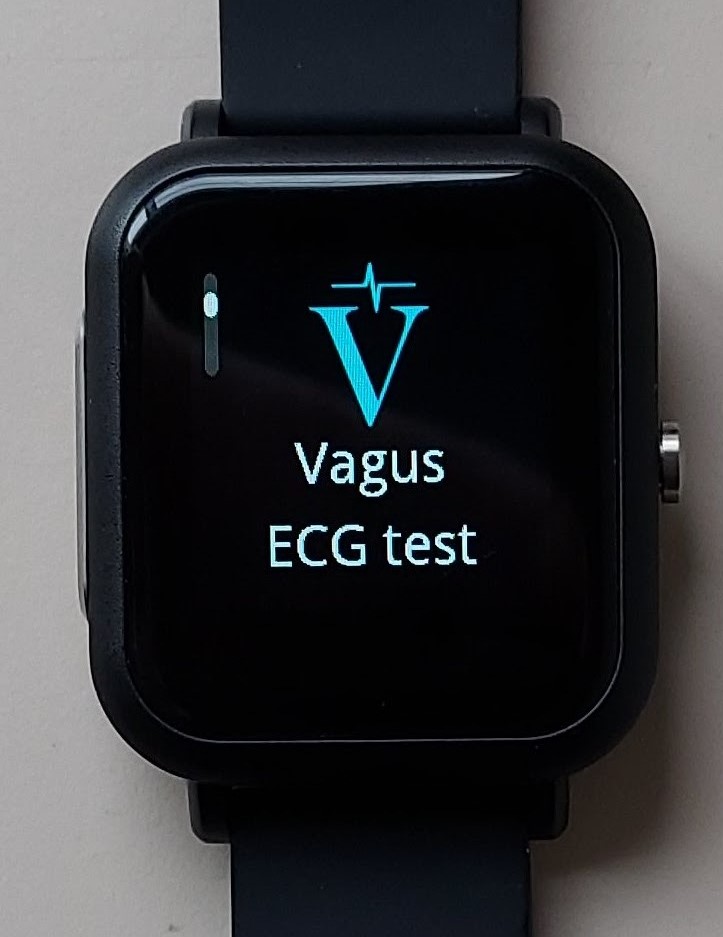
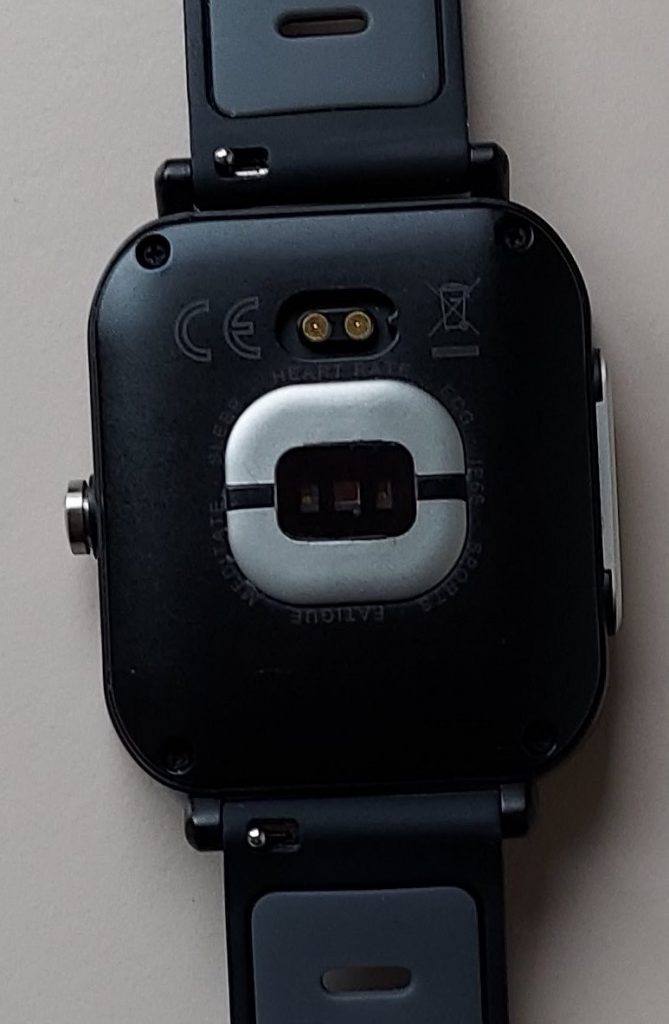
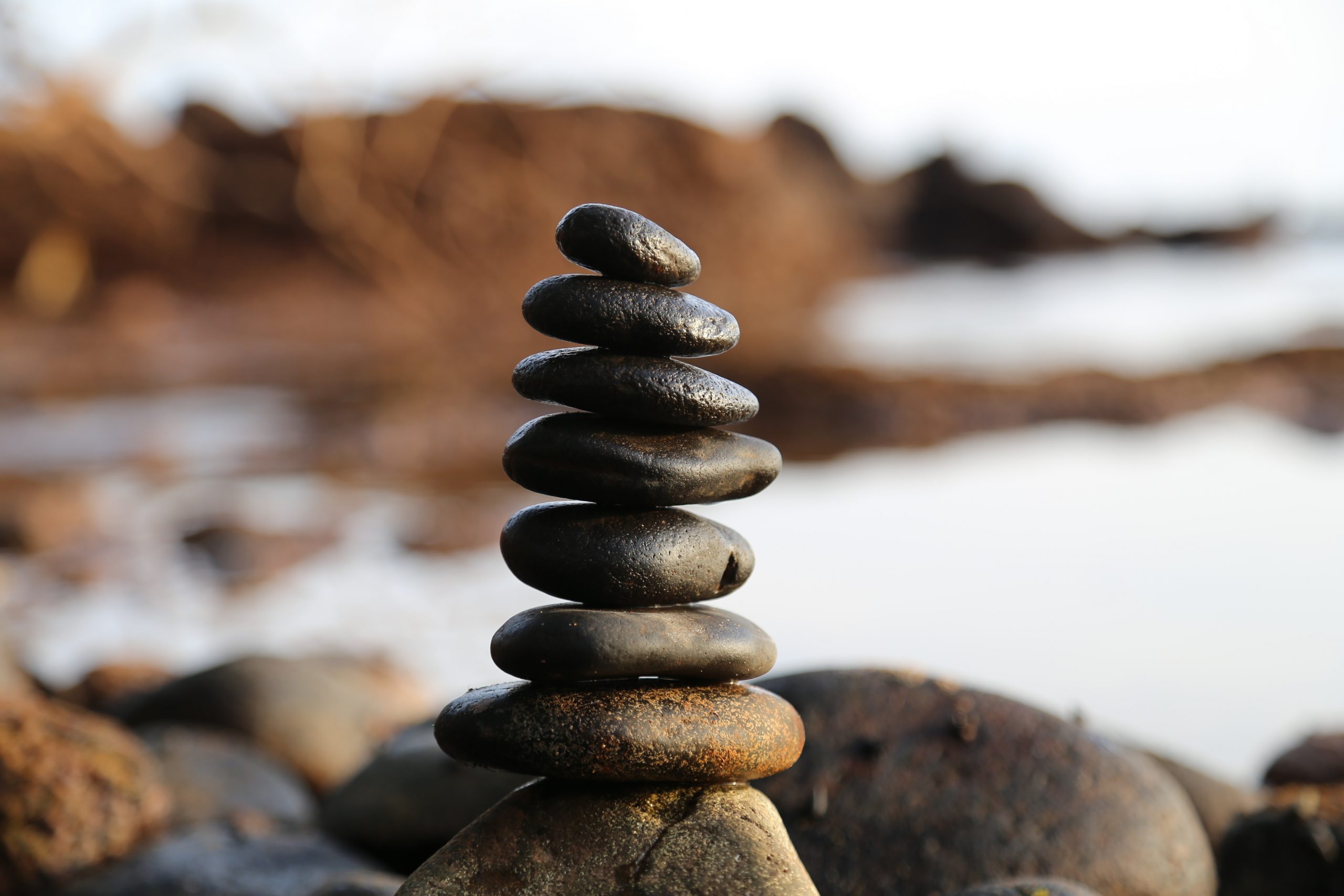
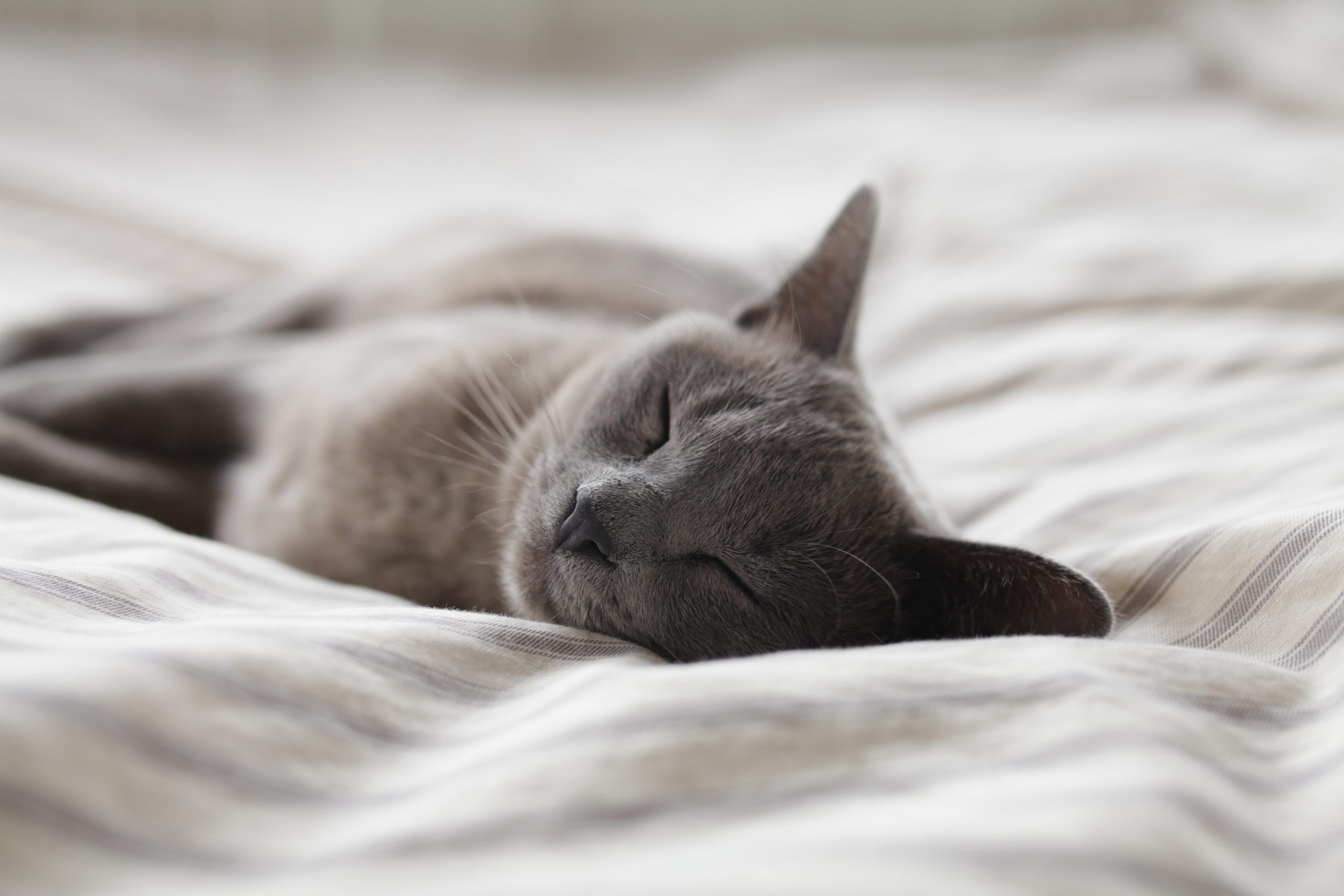

Reader Comments